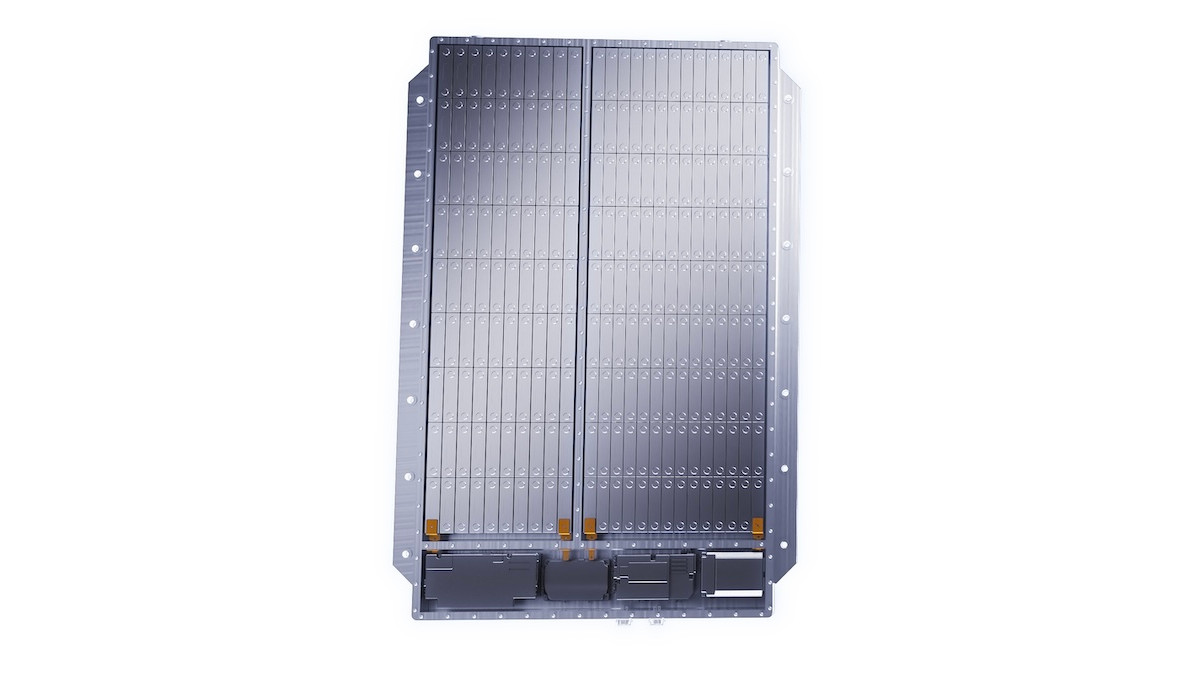The contribution Super-Akku? E-car battery promises up to 1,500 km of Felix Baumann first appeared on Basic Thinking. You always stay up to date with our newsletter.

The Chinese battery manufacturer Catl has presented an electric car battery, which is to be reached up to 1,500 km. A new quick charging technology should support the battery.
The Chinese battery manufacturer Catl has a new milestone announced in battery technology. With three technologies, the company wants to bring electric cars to the next level. Among them: a battery that is supposed to come to a range of up to 1,500 kilometers.
In addition, the manufacturer brings a quick charging technology to the market that can reload over 520 kilometers in five minutes. The conclusion is a sodium-ion battery that does not require a lithium. The goal is clear: the construction of energy stores that are more powerful, more flexible and cheaper.
New CATL electric car battery: Maximum range through two cell types
The core of the system is the so -called Freevoy Dual Power battery, which combines two cell types in a housing. The first cell type optimizes the energy consumption and delivery to a maximum range. The other type focuses on a quick output.
In addition, there is a new anode that can do without graphite and enables higher energy density. The result: up to 1,500 kilometers in the Chinese CLTC cycle. According to the European WLTP cycle, this corresponds to around 1,200 to 1,300 kilometers. An intelligent security and thermal management system should ensure stable conditions, even if the battery is used intensively.
Shenxing 2.0: 520 kilometers in five minutes of loading time
For the generation of the ShenXing quick load battery, CATL again promises 520 kilometers in five minutes of loading time. A charging capacity of up to 1.3 megawatts should enable this. Even at minus 10 degrees, the battery could be charged from five to 80 percent in just 15 minutes. The system delivers over 800 kilowatts, which corresponds to more than 1,100 hp.
Another new battery relies on a completely different material – namely sodium instead of lithium. The new Catl battery is to create a range of up to 500 kilometers. That seems ideal for compact electric cars or plug-in hybrids. According to the manufacturer, the cold resistance is particularly high.
Because the battery should be able to withstand temperatures of up to minus 40 degrees Celsius and up to 10,000 charging cycles. It is not only cheap, but also robust and safe. Catl wants to start mass production in December 2025.
Also interesting:
- Dismantling, transition technology, danger: wind power claims in check
- EBay: AI training with user data-this is how you can object
- Kluger-Hans effect: When artificial intelligence becomes a danger
- Alternatives to US software: 4 operating systems from Europe
The contribution Super-Akku? E-car battery promises up to 1,500 km of Felix Baumann first appeared on Basic Thinking. Follow us too Google News and Flipboard.
As a Tech Industry expert, I am very excited about the potential of super batteries for e-cars. The promise of up to 1,500 km of range is truly impressive and could be a game changer for the electric vehicle market.
These super batteries could help alleviate range anxiety for drivers, making electric cars a more viable option for longer trips. Additionally, the increased range could also help reduce the need for frequent charging, making electric vehicles more convenient for everyday use.
I am interested in learning more about the technology behind these super batteries and how they compare to current lithium-ion batteries in terms of cost, charging time, and overall performance. If these batteries can deliver on their promise, they could revolutionize the electric vehicle industry and accelerate the transition to a more sustainable transportation system.
Credits